Today it is common for a man to wear a watch on his wrist, but it was a different story around 100 years ago. World War I, which started in 1914 and ended in 1918, brought to the battlefield much that was new — airplanes, mustard gas, military tanks. It also brought something new to civilian society: wristwatches, formerly restricted to ladies, became military-issue equipment, supplanting pocketwatches in popularity among gentlemen. Soldiers returning home from the war brought their wristwatch-wearing habit with them, thus beginning the fascinating history of the wristwatch, an invention that has become an integral part of our modern life.
In this article from the WatchTime Archives, you’ll discover 10 milestone moments from the first 100 years of the wristwatch’s history. It is an excerpt of the feature “A Wristwatch Timeline,” which you can download from the WatchTime Shop.
1. Breitling Chronograph
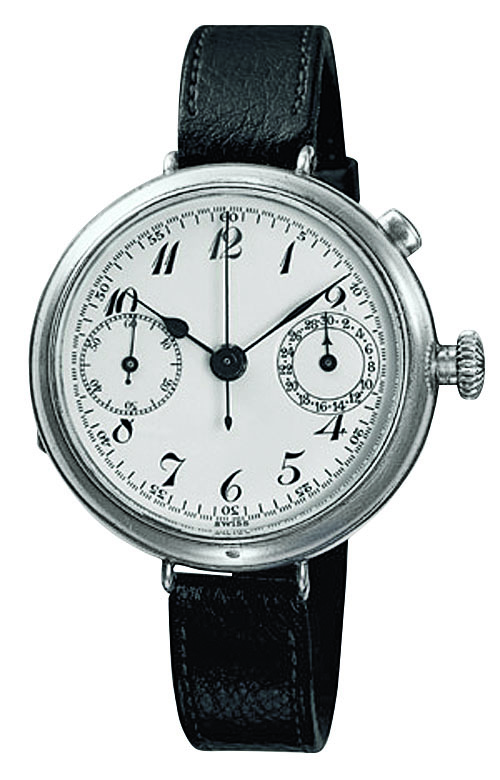
1915: Breitling launches one of the first wrist-worn chronographs. It features something new: a push-piece at 2 o’clock, separate from the winding crown, rather than integrated into it as on the pocketwatch chronographs of the time.
2. Cartier Tank
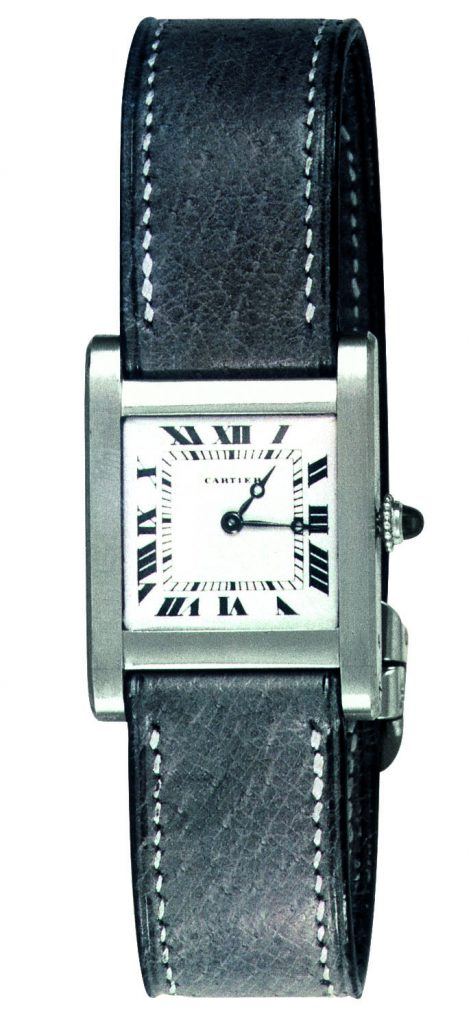
1919: Cartier introduces the Tank watch. The company says that the shape of the case sides was inspired by the treads on military tanks, which were first used in WWI.
3. LeCoultre & Cie. and Jaeger Reverso
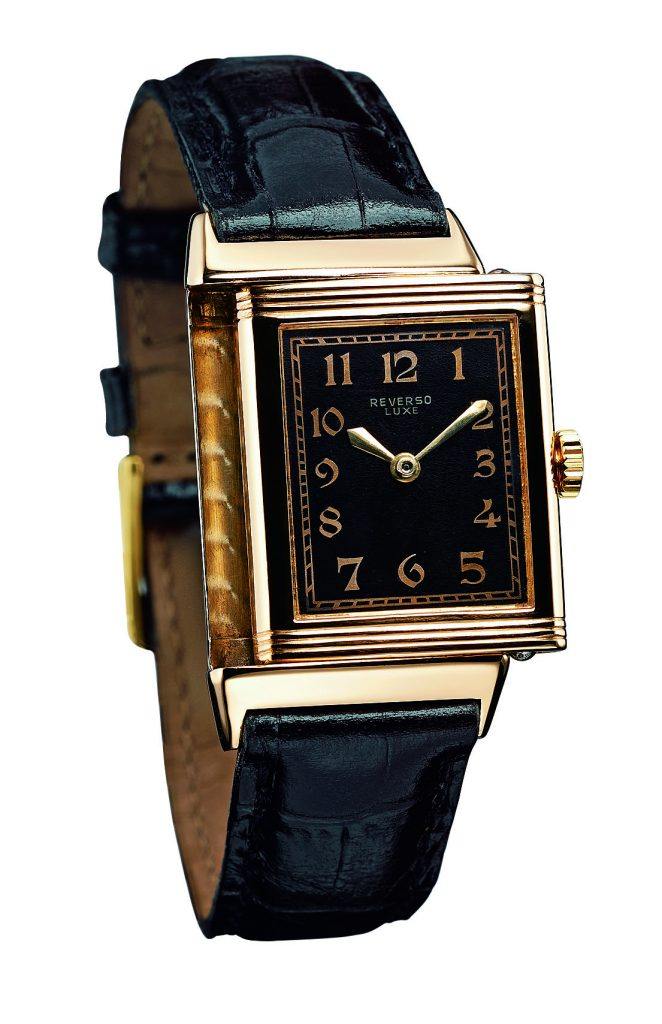
1931: The Swiss company LeCoultre & Cie. and the French firm Jaeger collaborate to bring out the Reverso, whose case can be slid sideways and flipped over to protect its crystal. (The two companies will merge in 1937.)
4. John Harwood designs the winding mechanism

1926: Fortis introduces the first wristwatch with an automatic winding rotor. The winding mechanism was designed by the British watchmaker John Harwood, who modeled it on the one that Abraham-Louis Perrelet devised for pocketwatches in the 18th century.
5. IWC’s First Pilot’s Watch
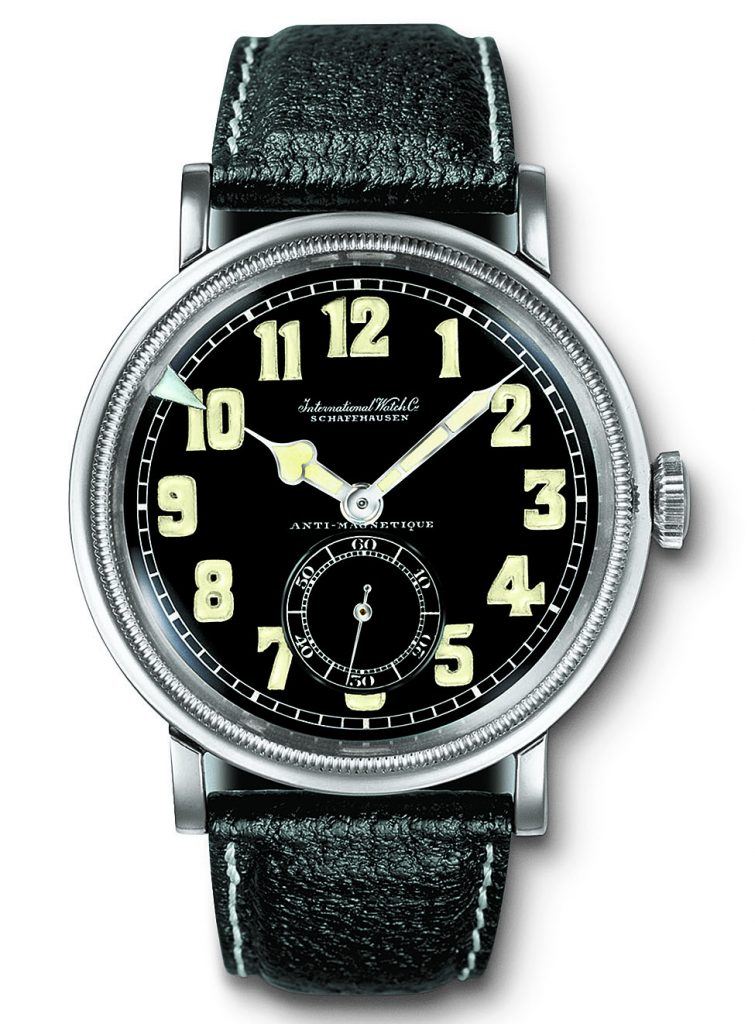
1936: IWC Schaffhausen makes its first pilots’ watch, which it calls the Special Watch for Pilots. It has a rotating bezel for measuring elapsed times.
6. A. Lange & Söhne’s factory is destroyed

1945: Russian planes bomb the A. Lange & Söhne factory in Glashütte, Germany, nearly destroying it just hours before the armistice is signed.
7. First automatic chronographs
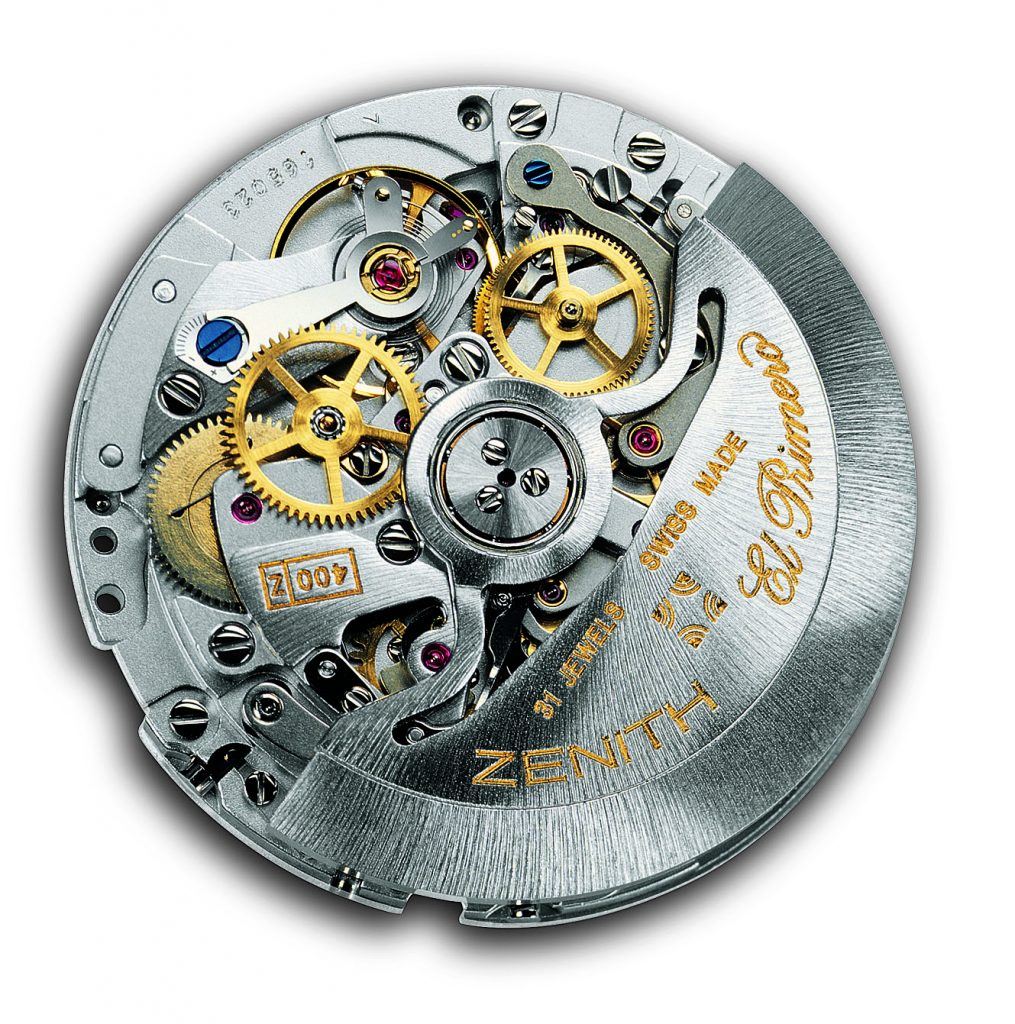
1969: The world’s first automatic chronographs are introduced. One, Caliber 6139, the first to hit the market, is from Seiko; another, the now-famous El Primero, is from Zenith; and a third, Caliber 11, is the work of a consortium of companies: Heuer-Leonidas, Breitling, Dubois Dépraz, Büren, and Hamilton.
8. Jean-Claude Biver and Jacques Piguet buy Blancpain

1983 Jean-Claude Biver and Jacques Piguet, head of the Frédéric Piguet movement manufacturer, buy the defunct Blancpain brand and relaunch it as an all-mechanical-watch brand with movements supplied by Frédéric Piguet.
9. SMH, now known as Swatch Group, is formed
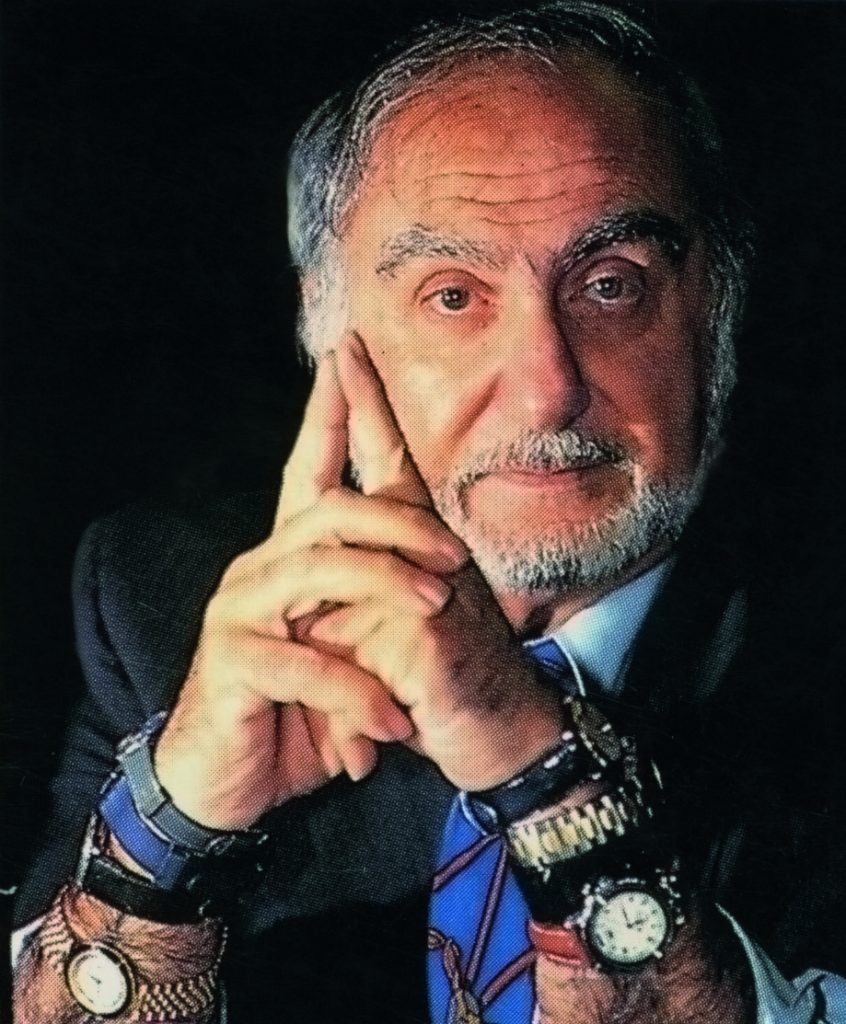
1983: The two financially troubled Swiss watch conglomerates ASUAG and SSIH are merged to form SMH (Societé Suisse de Microélectronique et d’Horlogerie), now known as the Swatch Group. Nicolas Hayek engineers the merger and becomes CEO.
10. Rolex’s new Cosmograph Daytona
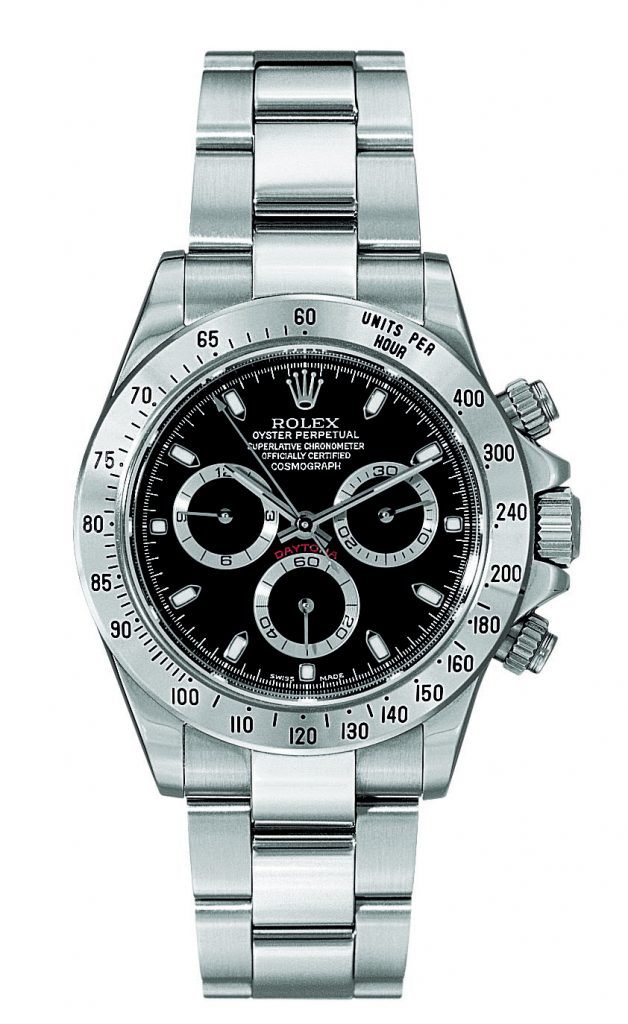
2000 Rolex launches a new version of the Cosmograph Daytona containing the new, in-house Caliber 4130. The introduction means that all Rolex-brand mechanical watches now have in-house movements.
These milestones are part of our 12-page timeline devoted to chronicling the first 100 years of the wristwatch’s history. Download it now for just $2.99 from the WatchTime Shop!



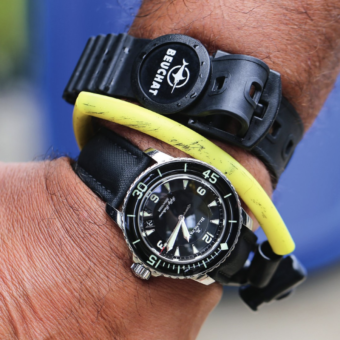


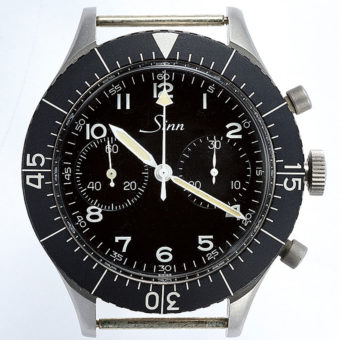
These are all rich people watches, what about the budget model wristwatches like westclox & Elgin
After all the criticism of this article, you’d think a note from the author would be forthcoming…
Why were Swiss watch conglomerates ASUAG and SSIH financially troubled, needing them to merge to form SMH?
As others have pointed out the list seems to be a roll-call of corporate sponsors. The most egregious example being the inclusion of the Rolex Daytona getting an in-house movement! A single brand finally developing a chronograph movement a feat that dozens of other brands had done decades before is not a “milestone” in the history of horology. Clearly the writer could not think of anything of note achieved by Rolex that did not involve copying other people’s ideas. Pathetic, poor journalism and blatant sponsored story.
I would say that if you’re going to claim “10 Milestones” then those have to be watches and developments that changed a significant part of the industry and were new and other manufacturers followed. That’s what a milestone is — a jump forward.
Now, how many of these are actually MILESTONES for the history of the wristwatch??? COUNTING DOWN:
10 – NOPE
9 – YES
8 – YES
7 – YES
6 – NO
5 – NO
4 – YES
3 – NO
2 – NO
1 – YES
Significant MILESTONES would be the introduction of the first DIVE WATCHES of Blancpain and Zodiac in 1953. Or the first watch on the Moon with Omega Speedmaster. And what about the first QUARTZ watches??? Even the first sapphire crystal would rate far more accurately as a milestone than many on the list…
Exactly what is the rolex Daytona achievement?? Most probably that it took a Zenith el primero movement to make this average watch successful. And make no mistake the 4130 has the same architectural design as the 4030 which was the Zenith . Only difference is Rolex Dummed it down from 36000VPH to 28800 . “”””” 4130 in house!!!! More like Rip off .
When putting IWC in the milestones category you omitted their role as suppliers of the nazi air force in WWII.
This list needs to have the Bulova Accutron. More accurate than mechanical watches as its 360 hertz engine hummed away and was the grandfather to all battery operated watches that came after.
Travesty for un biased journalism. This cherry picks (inaccurate) “facts” that suit your own ends. Really disappointing
The article was probably written by a republican
Interesting that this article starts at 1915, omitting 1904, the year Cartier created the first watch case specifically design to incorporate a strap for wearing on the wrist, and that this watch was created for a man (Alberto Santos Dumont), effectively ushering in the use of wristwatches for men.
I’m not going to go into how wrong it was to choose some of these events over, say, some of Hamilton’s or Cyma Tavannes work…
That can be argued as “opinion’.
But the actual history of the wristwatch is known and this article has mis-characterized it. WWI didn’t introduce the wristwatch to the civilian world: WWI made the wristwatch acceptably “masculine”. The wristwatch had been around – and worn by women – for a couple decades before the war. Mostly because the pendant watch was a bit undignified. Most women didn’t want to have to look at their breast to read the time.
If you pay attention to pictures from that time period, you’ll see wristwatches on women and pocket watches on the men.
As other comments have noted – missing anything quartz related. Also missing the first G-Shock. Also missing significant achievements from Longines and Omega.
I loved this article, Vintage an antique watches are my favorite collections. I hope more article on Swiss and Japan watches especially vintage models. Cheers :)
This is not a historical timeline but a listing of corporate sponsors. I understand commercial pressures and I appreciate your publication so the representative inequities don’t anger me as much as others who wrote comments and are correct. But for the record, since both companies are obviously sponsors; the Cartier Santos was both first wristwatch and first pilot watch not IWC in 1936. Of course no article listing shall be written without interjecting IWC so they must be a “large” corporate sponsor. I would really appreciate a section in your publication which presented small companies that can’t afford corporate sponsorship. It would be a testament to an even better/balanced publication.
The Seiko electronic quartz movement not only revolutionized the wristwatch industry, it nearly destroyed the traditional Swiss watch industry across the board. Like the other commentators, I agree that this should have been mentioned.
Grand Seiko Quartz’s (in the field) yield +/- 1 second variation in 7 months of everyday wear.
I like the above comments. I also agree this article is biased and will not stand the test of time. Merging of companies to a conglomerate or buying a defunct company has no place to be mentioned as milestone and has little to no meaning to an observers who purely appreciate the wonders of watch evolution in human history.
Just from Omega alone how about: Co-axial escapement, first 15,000 gauss anti-magnetism, first central tourbillon, first Ratrappante, first diver chronograph etc.
Hear, hear!
George Daniels, devised this movement in 1974, which Omega started to use in the 1980’s, as part of the Swatch group.
This is a total Bull, article, all the cherry picking of watch history to beef up elite Swiss brands. How you could have an article like this and not have Bulova accutron, Hamilton 500 mvt, Buren micro-rotor, Seiko Astron, The Bunn/ Ball standard for railroad watches or the advent of the pallet escapement. I know articles are written by individuals with bias but if you are going to have an article like this the least you could do is have some real milestones and not cherry picked information to satisfy your sponsors. What is up with acknowledging Seiko was the first automatic chronograph but then showing Zenith?
This not a good article and it is a typical example of commercial text! Why is the author of the article omitting the brand name Fortis from the milestone about the self-winding watches? Is it because Fortis are not paying sponsorship to Watch Time? IWC has a milestone for making pilot watches (supplied to the Nazi’s , and now they have a model called Spitfire … what a travesty) , but there is no milestone about the first watch in space – the Russian Sturmanskie ? No Seiko, really? you manage to omit the biggest leap in the watchmaking industry? Rolex Daytona a milestone ? For what? For being pretty?
This is not only bad example of article, this is typical commercially spun article, poor, very poor
What about the Cartier Santos?
What about the Bulova Accutron? The first fully electronic watch? What about the Seiko quartz? The quartz crystal watches were quite revolutionary. Don’t you like American, and Japanese watch companies? Exactly how is the bombing of a German watch company a milestone? As well, the merging of two watch companies is hardly a milestone. Citizen bought Bulova, does that count? I can buy any watch I want, I have to save for it, but I can, and you couldn’t give me a Euro watch. Although several of my Bulovas have Swiss movements. I think you could have done better from a historical standpoint. Have a great day!
I love watch history, prefer and collect only automatic watches, and I appreciate anyone who writes on it, but did you seriously just write a “top ten” on historical wristwatch events and not include the advent of the QUARTZ MOVEMENT? Did you fall asleep when you were writing about the period from 1945 to 1983, and only think to include “automatic chronographs” in 1969 instead of truly the largest revolution in wristwatches that changed EVERYTHING in the 70s? If your article had been focused on automatic or mechanical only, I could understand this massive oversight. Cheers, and wake up ;)